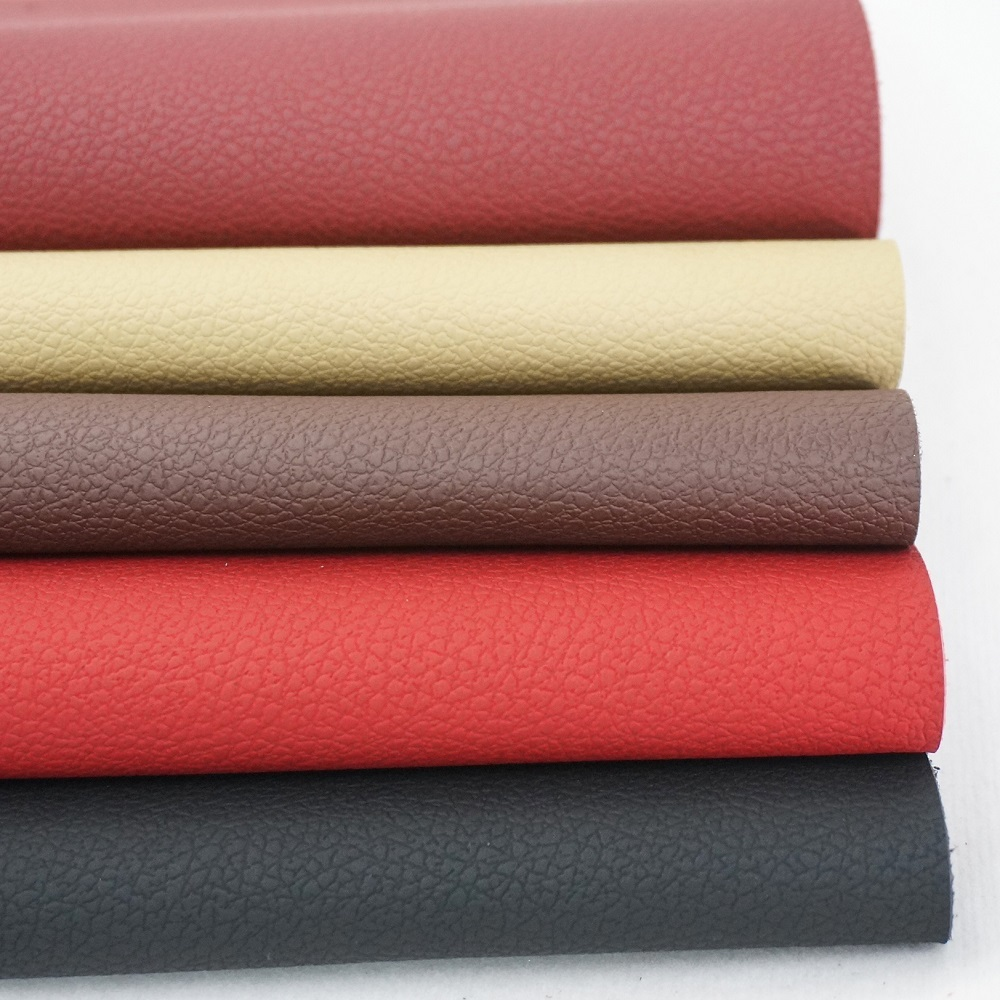Which Is Better PU Or PVC?
2024
When it comes to choosing between polyurethane (PU) and polyvinyl chloride (PVC), the decision can be quite complex as both materials have their unique set of properties and applications. Which Is Better PU Or PVC? Let’s explore what differentiate PU from PVC.
1.Material Composition
PU :PU is a versatile polymer made up of organic units bonded via urethanes links. Depending on the process used during manufacture, it can rigid or flexible. It is often used in the production of foams, elastomers, and coatings.
PVC :PVC is a commonly used plastic polymer which contains carbon, hydrogen, and chlorine atoms. The additives used during manufacturing determine whether PVC will be rigid or flexible. Pipes are usually made of this type of plastic including floor covering and window frames.
2.Durability and Performance
PU :Well-known for its excellent elasticity, tear resistance and abrasion resistance . It also does not react with many solvents or chemicals. This makes it suitable for use in various applications such as footwear making, furniture and motor vehicle parts.
PVC :PVC has got long life span because it withstands different kinds of environmental conditions such as those brought about by uv light rays, chemicals present in sewers among others , thus making them highly durable compared to other types like PP. Furthermore they are very easy to clean since all one needs is just some water unlike other cases when some detergents may be required for doing so. However , under extremely high temperature conditions , these products may become less elastic thereby leading to their destruction through cracking even though this depends on material grades being considered whereby typical ones have been described here.
3.Cost
PU:As PU has complex manufacturing processes coupled with raw materials costs therefore it tends to be more expensive than Pvc.
PVC:Pvc is relatively cheaply manufactured and widely available hence budget-friendly alternative for many uses.
4.Using PU and PVC in Practice
Having understood the fundamental differences between Polyurethane (PU) and Polyvinyl Chloride (PVC), let’s delve into how these materials are commonly used in various applications.
Using PU:
Polyurethane is a highly versatile material that can be found in a wide range of goods, including the following:
Foam and Padding: for cushions, mattresses, furniture padding etc foams made from polyurethane are often used. This means that it’s comfortable as well as possessing high elasticity.
Footwear: this is the material preferred for soles of shoes as it is long-lasting and capable of absorbing shock.
Coatings and Sealants : In construction and automotive industries, coatings based on Urethanes are widely used because they adhere excellently, are elastic enough to avoid cracks when flexed besides being resistant to chemicals as well as weathering thus making them popular materials among constructors or even automakers.
Insulation: due to good thermal properties polyurethane foam is applied in building insulation materials as well as refrigeration units among others.
Using PVC:
On the other hand , Polyvinyl Chloride is one type of plastic which has been utilized by many people with different applications. Some common applications are discussed below;
Piping: These tubes have become widespread for use in plumbing systems such drainage or sewerage lines due not only their toughness but also low cost involved during installations.
Flooring: Wear resistance, ease of maintenance plus cost effectiveness make pvc flooring suitable for both commercial residential areas including houses offices shops schools etc.
Window Frames and Doors: Because they do not rot easily after exposure to elements like moisture PVC profiles come handy here. In addition, they do not require frequent painting hence saving one time energy costs associated with using paint brushes like those ones seen when timber frames stop looking attractive after sometime .
Packaging: The outstanding barrier properties combined with transparency & printability have made sheets and films coated with this material the best for packaging applications.
Your choice between PU and PVC hinges on your individual needs and desires. When it comes to priority, for instance, eco-friendliness and flexibility would better be served by using PU. On the contrary, in terms of expenditure and lastingness, PVC may be a suitable solution than other alternatives. To make a well-informed choice, take note of its use, performance requirements and budget considerations.


 EN
EN
 AR
AR
 CS
CS
 NL
NL
 FR
FR
 DE
DE
 EL
EL
 HI
HI
 IT
IT
 JA
JA
 KO
KO
 NO
NO
 PL
PL
 PT
PT
 RU
RU
 ES
ES
 SV
SV
 TL
TL
 IW
IW
 ID
ID
 SR
SR
 UK
UK
 VI
VI
 MT
MT
 TH
TH
 FA
FA
 AF
AF
 MS
MS
 GA
GA
 HY
HY
 AZ
AZ
 BN
BN
 LA
LA
 MN
MN
 KK
KK
 UZ
UZ
 KU
KU

